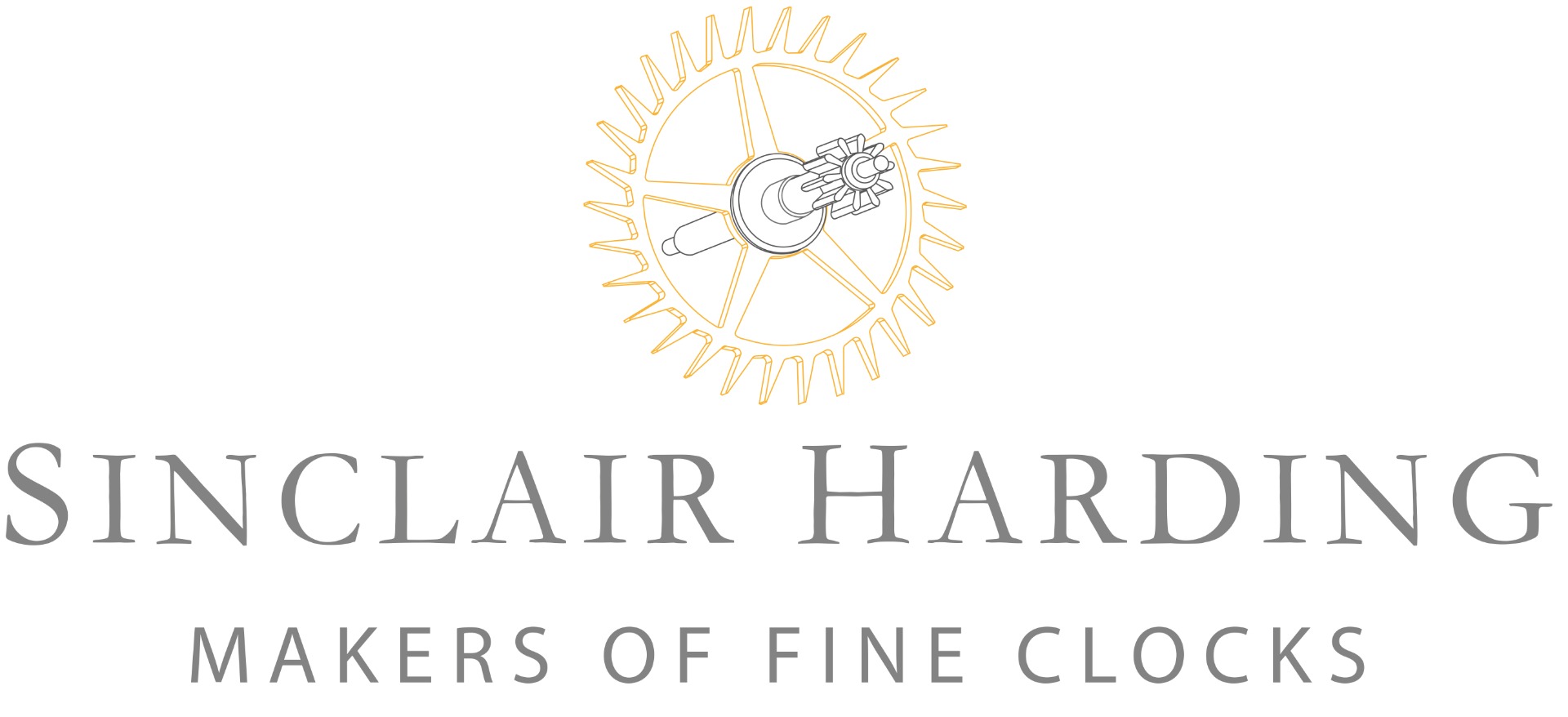Clock Manufacturing
The exquisite detail of the clocks, each one crafted to suit the individual requirements of each client, is testament to the trademark skill and dedication of Robert Bray FBHI and his fellow craftsmen, with every delicate stage of production carried out in our Yorkshire based workshop.
While we continue to preserve original reproduction techniques, investment in latest technology has allowed us much greater flexibility for developing new, exciting ideas, while enabling us to maintain the highest level of accuracy and attention to detail that Sinclair Harding is renowned for. This mix of traditional skills and hi-tech processes ensures that we offer all our customers the very best service possible.
Any Sinclair Harding project begins with the customer and their bespoke requirements, however complex they may be. We encourage our customers to get involved with their clock design at every stage of the process, making each project a unique and rewarding experience.
